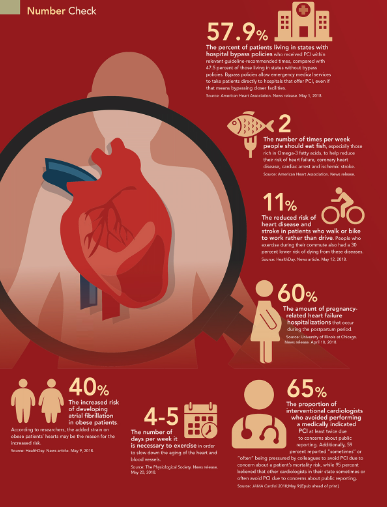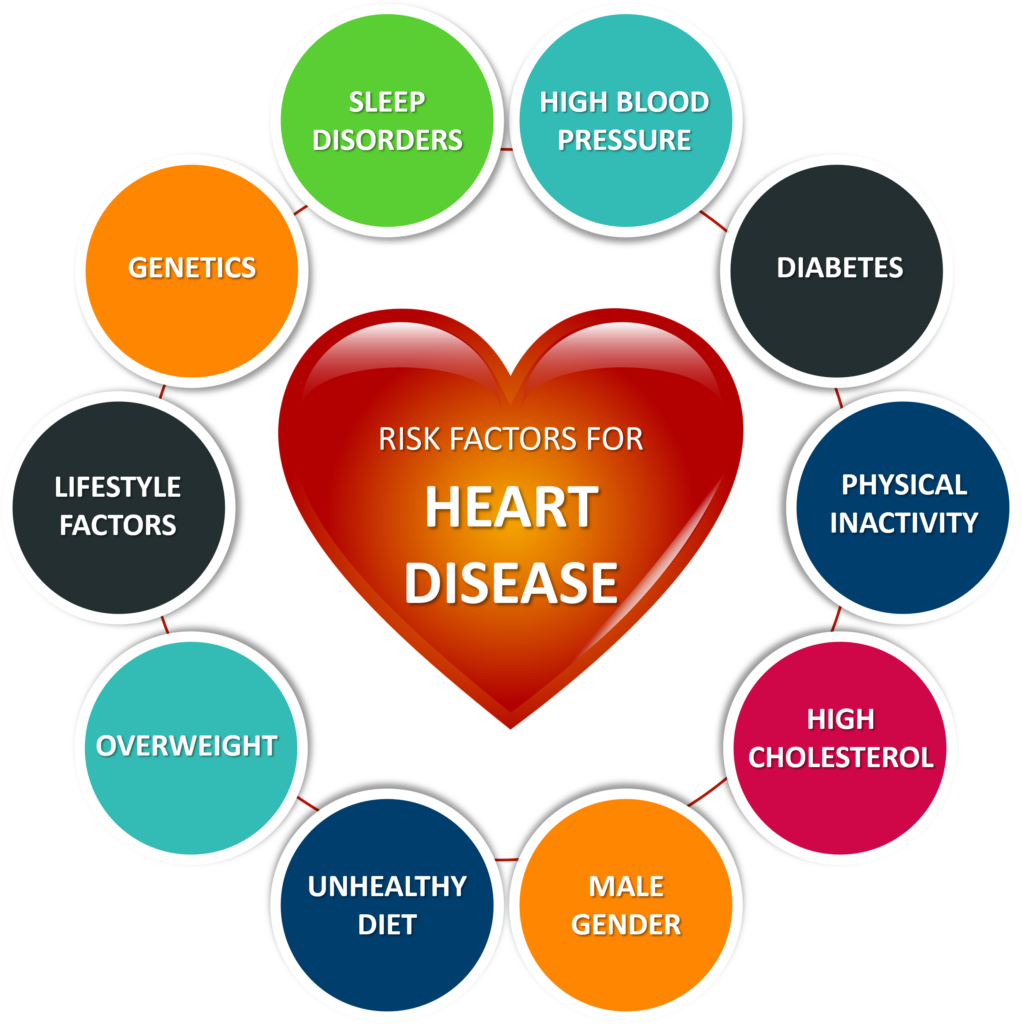
Facts
-
- From 1988 to 2004 there was a 1% to 4.5% increase in the prevalence of pediatric hypertension in the U.S.
-
- In 2010, 5.2 million (31%) strokes were in children (aged 20 years old and younger) and young and middle-aged adults (20-64 years), to which children and young and middle-aged adults from low-income and middle-income countries contributed almost 74,000 (89%) and 4 million (78%), respectively, of the burden.
-
- Studies have shown that 34 to 38% of children and adolescents with mild untreated hypertension already show signs of left ventricular hypertrophy.
-
- Children and adolescents do not consistently receive a blood pressure measurement. Blood pressure screenings occur in 67% and 35% of preventative care and ambulatory visits, respectively.
- Recent studies have shown that 40% of pediatricians are uncomfortable with diagnosing and evaluating pediatric hypertension.
Certain factors play important roles in a person’s chances of developing heart disease. These are called risk factors. Some risk factors can be changed, treated, or modified, and some cannot.
Many risk factors can be controlled early in life, lowering the risk of heart disease later in life. Other risk factors are passed down through family members (they are hereditary) or are the result of another illness or disease.
Prevention is the best way to avoid a heart problem later in life. Controlling as many of the following risk factors as possible, starting in childhood, will help reduce your child’s risk of developing heart disease as an adult.
[source]

Lorem ipsum dolor sit amet, consectetur adipiscing elit. Ut elit tellus, luctus nec ullamcorper mattis, pulvinar dapibus leo.
